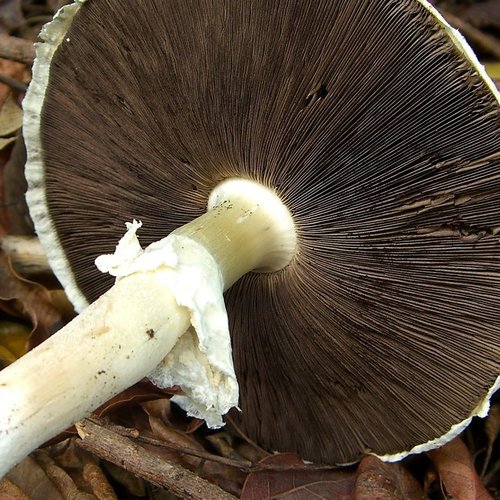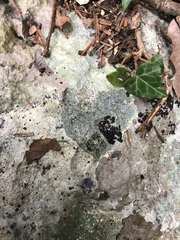Agaricus

Agaricus is a genus of mushrooms comprising both edible and inedible varieties. It is well-known among mushroom enthusiasts and is part of the family Agaricaceae. The genus includes popular edible species such as Agaricus bisporus, commonly known as the button mushroom or champignon, widely consumed across the globe, including the Comunidad Valenciana.
The Agaricus species are characterized by their small to medium size and their cap-and-stem structure. The cap is typically rounded, flattening out as the mushroom matures, with colors ranging from white to pale brown. The gills are free, meaning they do not attach to the stem, and are pink to chocolate-brown as the mushroom ages.
- Habitat: Agaricus mushrooms thrive in grassy areas such as meadows, lawns, and forests. They prefer nutrient-rich soils and are often found in groups.
- Identification: Key identifying features include the shape and color changes of the cap as it matures, and the distinct color transition of the gills from pink to brown. The stem is typically stout with a ring that is a remnant of the partial veil.
- Edibility: While many Agaricus species are edible and highly prized for their taste, some species, like Agaricus xanthodermus, are toxic. Proper identification is crucial before consumption.
In the Comunidad Valenciana, Agaricus mushrooms contribute to the region's rich biodiversity and are a part of local culinary traditions when properly identified and prepared. Always consult with a local expert when foraging for wild mushrooms to ensure safety.
```





